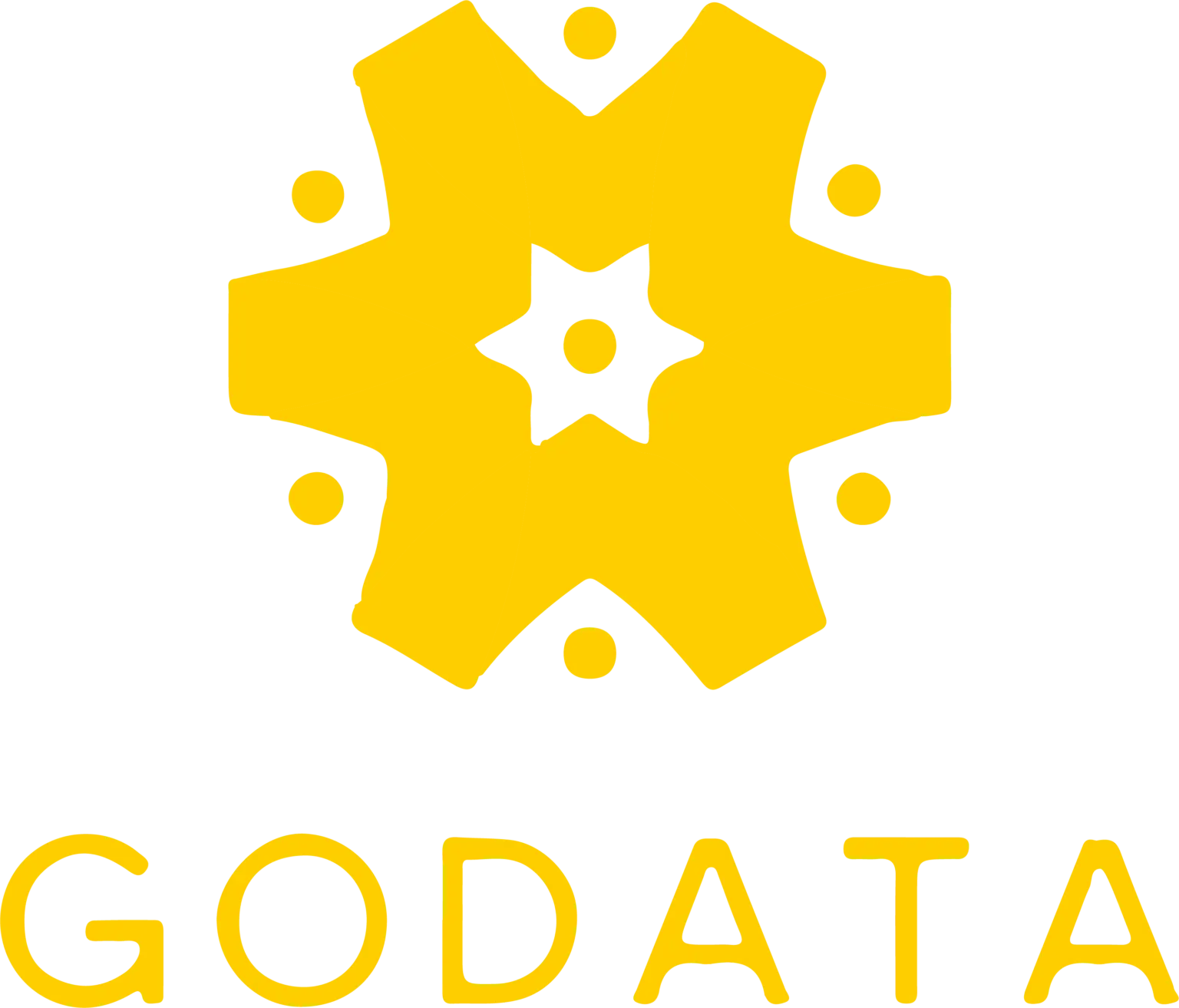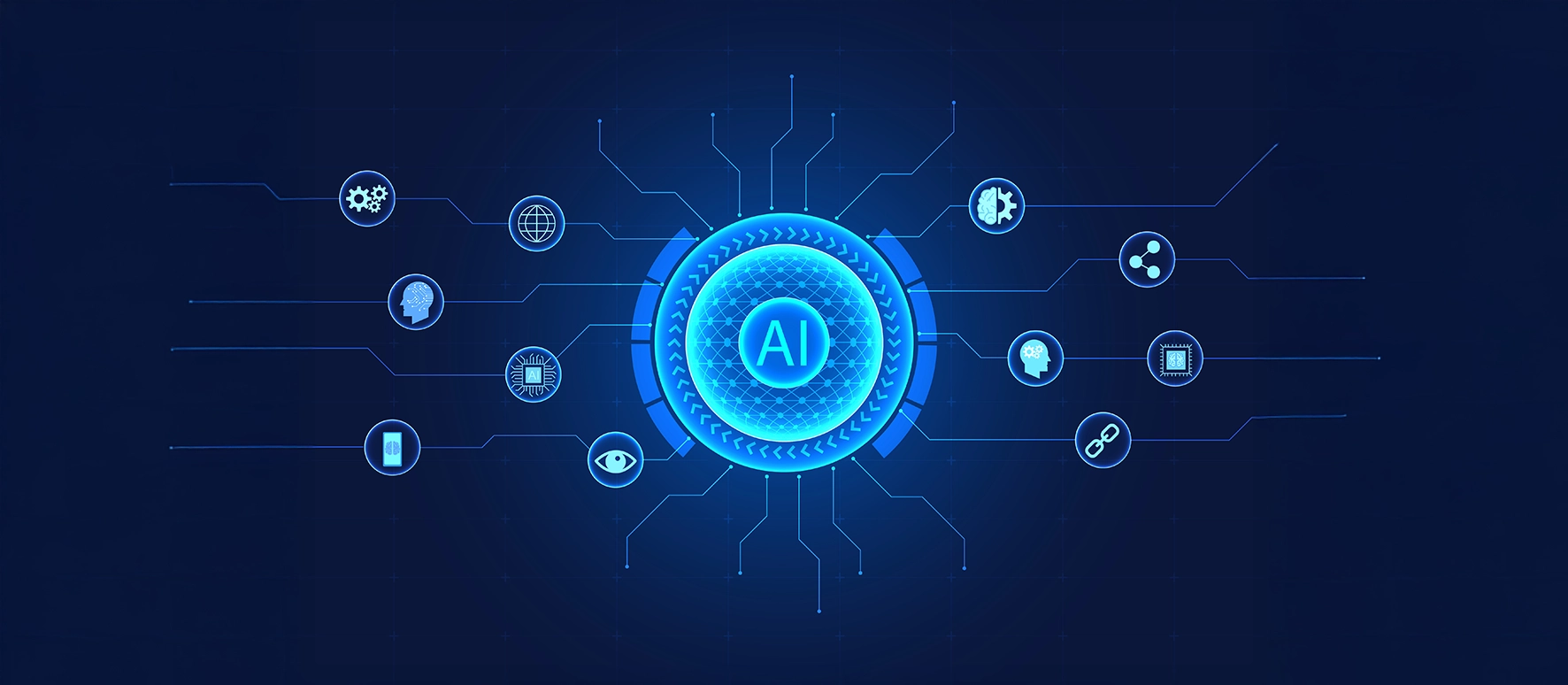Every day, businesses collect huge amounts of data, from customer orders and website visits to social media activity and sensor readings. Managing this data can be very challenging, especially when it comes in different forms such as text, numbers, images, or videos. Traditional storage systems like databases and data warehouses often struggle to handle large volumes of unstructured or semi- structured data efficiently. This can make it hard for companies to get meaningful insights quickly, slowing down the decision making process.
A modern artificial intelligence data lake helps businesses solve this problem. It allows all types of data to be stored in one place while using artificial intelligence to analyze it. Companies can spot patterns, forecast trends, and make smarter decisions based on real-time information. By combining storage with AI, businesses can extract more value from their data, regardless of size or complexity. This next generation approach helps companies stay competitive, make faster decisions, and respond more effectively to market changes.
What is an artificial intelligence data lake?
A new type of data lake that does more than just storing information. It uses AI to automatically analyze and interpret the data. Unlike traditional data lakes that hold data in its original form, this system can categorize, process, and highlight trends without the need of manual work.
Difference from traditional data lakes:
- Traditional lakes passively store structured, semi- structures, and unstructured data.
- Businesses using traditional lakes often need additional tools and manual effort to analyze information.
- AI enabled lakes actively process and interpret the data, providing faster insights and highlighting unusual patterns or trends automatically.
Benefits of this system:
- Handles very large datasets and adapts as business requirements grow.
- Stores multiple types of data in a single location, simplifying access and management.
- Produces quick, actionable insights for decision making.
- Supports analytics, reporting, and advanced projects.
By combining storage and AI capabilities, businesses can turn raw data into actionable business value, improve operational efficiency, and support strategic decision-making. It is not just a storage system, it becomes a central location for handling data across the organization.
Key components of an AI data lake
The system has several key parts that work together to manage, analyze, and provide insights from large datasets efficiently.
- Data ingestion pipelines: Bring data into the lake from multiple sources, supporting batch and real time processing.
- Storage layer: Uses AI-powered data storage to organize and manage various types of data in one place, making retrieval easier.
- Processing engines: Distributed computing tools such as Spark and Hadoop allow fast and efficient data processing.
- Metadata and catalog services: Track, categorize, and describe datasets to make them easy to discover and use.
- AI and ML integration: Machine learning in data lakes enables automated predictions, anomaly detection, and insights without manual work.
Together these components create a platform where data moves from collection to analysis smoothly. AI and machine learning then generate insights that help companies make faster, smarter decisions.
Intelligent data lake architecture
The architecture of an AI- enabled lake defines how data is collected, stored, processed, and analyzed. This blueprint makes sure that businesses can manage large volumes of data efficiently and derive meaningful insights using AI.
Layers include:
- Ingestion layer: Collects data from multiple sources, supporting both batch and real time inputs.
- Storage layer: Holds structured, semi-structured, and unstructured data together, allowing fast retrieval.
- Processing layer: Cleans, transforms, and prepares data for analysis.
- Analytics layer: Provides dashboards, reporting tools, and business intelligence capabilities.
- AI layer: Uses algorithms to detect patterns, forecast trends, and spot anomalies.
This layered setup allows companies to scale data operations as needed, maintain data security, and perform real-time analysis. It supports the efficient training of machine learning models. A well designed structure forms the backbone of intelligent data lake architecture, giving organizations a strong platform for analytics, reporting, and AI-driven operations.
Advantages of an artificial intelligence data lake
AI data lakes offer several advantages that help businesses use data more effectively:
- Faster data processing: AI allows large datasets to be analyzed quickly, reducing time to insights.
- Enhanced decision making: Predictive analytics helps forecast trends and plan strategies.
- Cost efficient storage: Structured, semi-structured, and unstructured data can be stored together, lowering storage costs.
- Real- time monitoring: Continuous analysis helps detect unusual patterns or issues as they happen.
- Automation with AI and ML: Machine learning models process data automatically, reducing manual work.
- Smart data lake infrastructure: Organizes and manages large datasets efficiently, supporting growth and advanced analytics.
Advanced data lake frameworks and tools
An advanced data lake framework provides a structured approach for building and managing AI enabled lakes. Tools such as Databricks, AWS lake formation, and Azure synapse simplify storage, data processing, andAI workflows.
Key features of frameworks:
- Data governance: Keeps information accurate and available to the right teams.
- Metadata management: Makes it easier to locate and use datasets.
- Security compliance: Protects sensitive data and meets regulations.
- A/ML workflow support: Helps design, train, and deploy machine learning models efficiently.
Use cases of AI data lakes
Ai data lakes are used across industries to gain insights and improve efficiency:
- Healthcare: Predict patient needs, optimize treatments, and identify high-risk cases.
- Finance: Detect fraudulent transactions and manage risk.
- Retail: Provide personalized recommendations and forecast customer demand.
- Manufacturing: Anticipate equipment failures and optimize supply chains.
- Enterprise applications: An processes large datasets from multiple sources, delivering actionable insights for smarter decisions.
Challenges in implementing an AI data lake
Building and managing AI data lakes comes with challenges:
Key challenges:
- Security and privacy risks with large volumes of sensitive data.
- Difficulty combining data from multiple sources.
- Need for staff skilled in AI and big data.
- High initial costs for infrastructure and tools.
Ways to address these challenges:
- Use encryption and access controls to protect data.
- Apply strong data governance policies.
- Use cloud-based systems to scale storage efficiently.
- Employ AI-assisted management tools to automate monitoring and detection.
By addressing these issues, businesses can create a secure, effective, and efficient platform for insights and analytics.
Best practices for building an AI data lake
- Define Clear Objectives: Align the lake with business goals.
- Data Governance and Cataloging: Keep datasets organized and easy to use.
- Modular Architecture: Build systems that can grow as needs increase.
- AI/ML Pipelines: Include workflows from the start to get automated insights.
- Optimize Storage: Balance cost and performance.
- Continuous Monitoring: Review and update operations regularly.
Conclusion
AI- enabled data lakes can transform how businesses store, manage, and use information. By combining scalable storage with AI insights, companies can perform advanced analytics, detect patterns, and make faster, smarter decisions. With the right architecture and ongoing monitoring, organizations can utilize the full potential of their data.
GoData helps companies implement AI data lakes that simplify data management, support analytics, an d provide actionable insights for data-driven decision-making across the enterprise.



